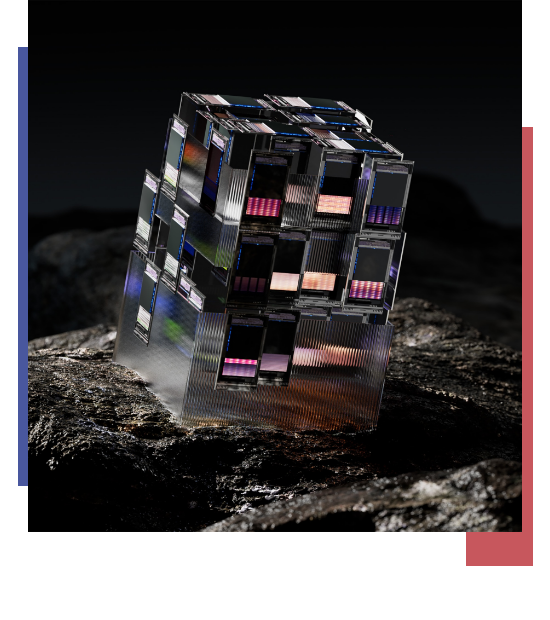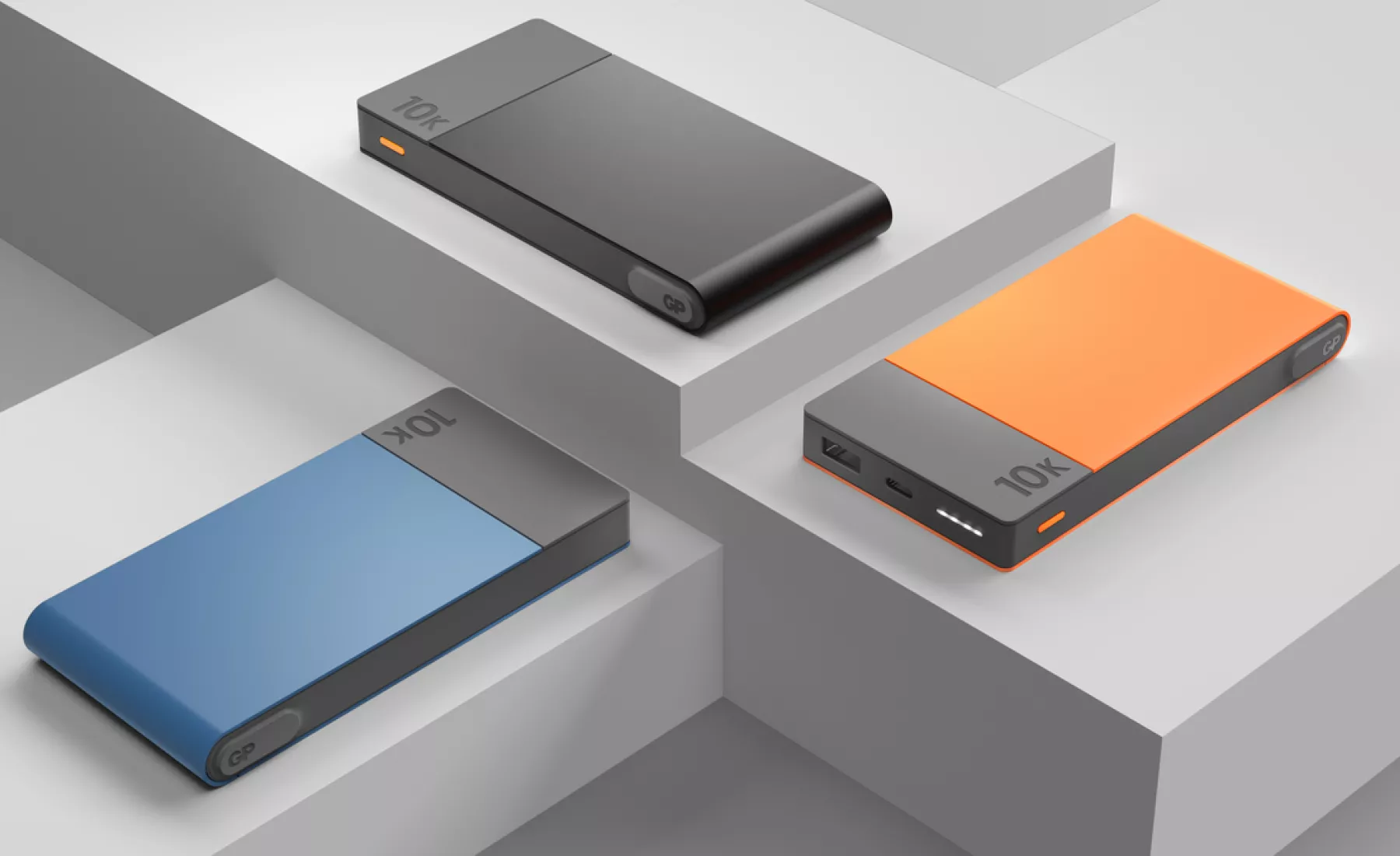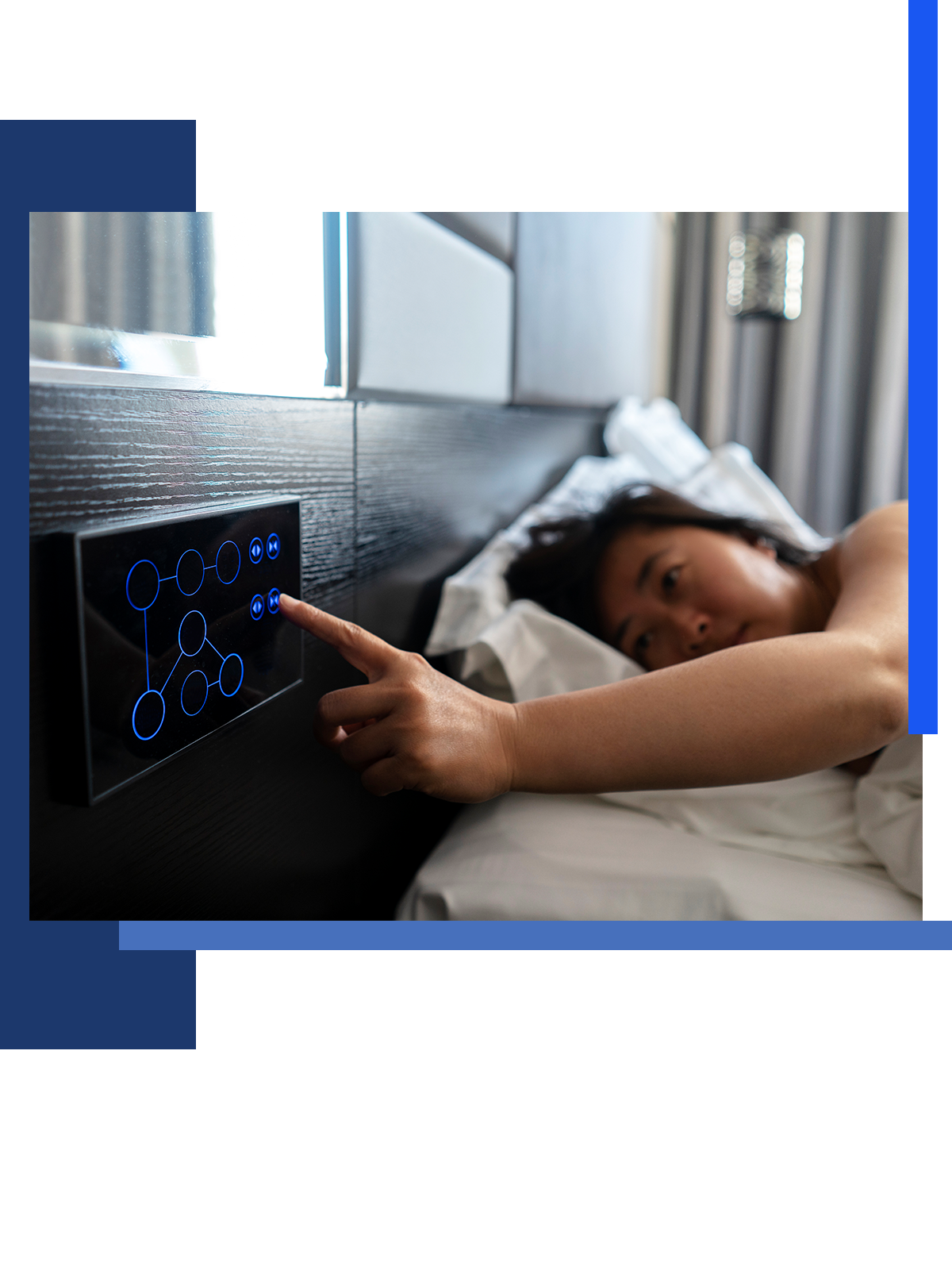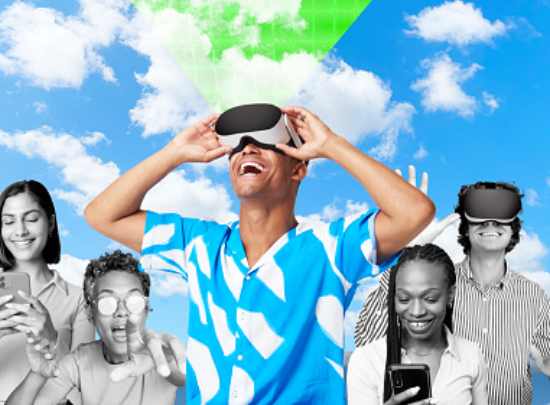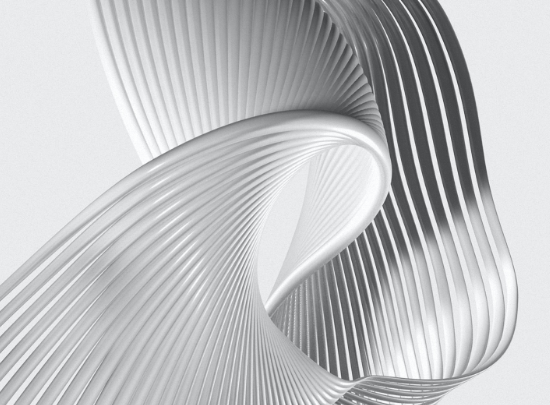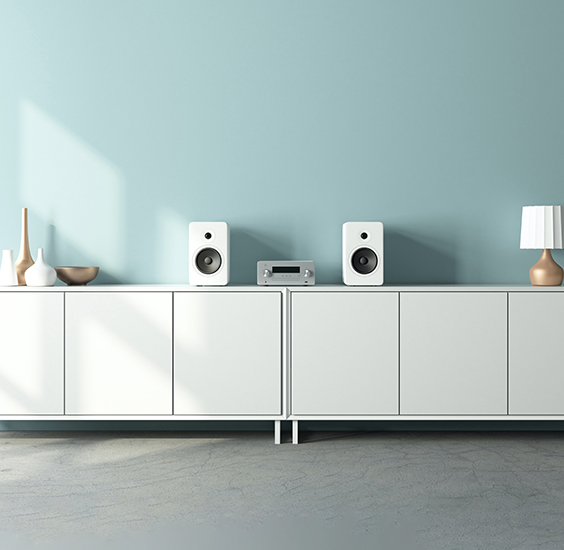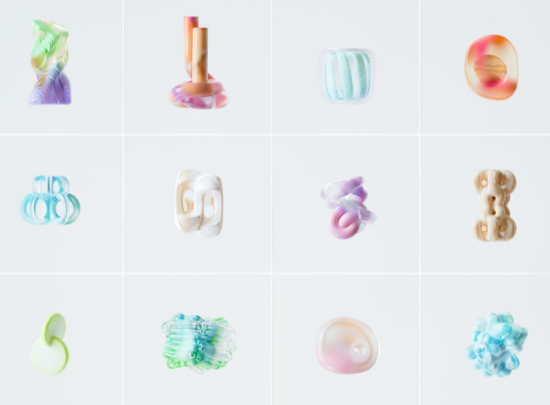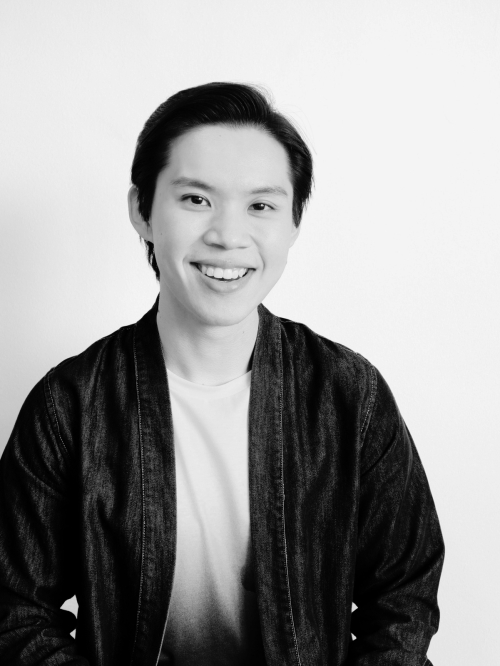Lisa Yong
Director,
Consumer Tech
Lisa’s knowledge of macro trends, market needs and consumer expectations drive her role at WGSN, where her critical thinking brings clarity and intent to content direction. Her team delivers future-forward insights that enable clients to gain a competitive edge in business strategies.
Lisa has over 20 years’ global experience working with major tech corporations and nascent start-ups, including Samsung, Microsoft and Sonos. Her expertise covers automotive, consumer electronics, food technology, robotics, Internet of Things, travel and hospitality, health and wellness.
A keen traveller and foodie, Lisa is based in San Francisco and plans to explore as many UNESCO World Heritage sites as possible.
Lisa has over 20 years’ global experience working with major tech corporations and nascent start-ups, including Samsung, Microsoft and Sonos. Her expertise covers automotive, consumer electronics, food technology, robotics, Internet of Things, travel and hospitality, health and wellness.
A keen traveller and foodie, Lisa is based in San Francisco and plans to explore as many UNESCO World Heritage sites as possible.

